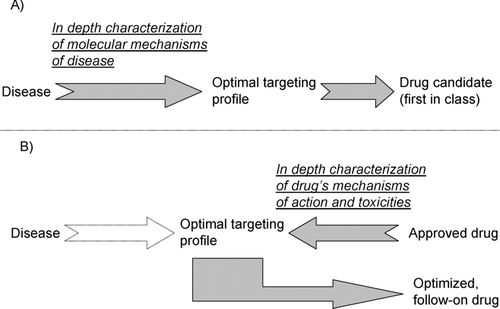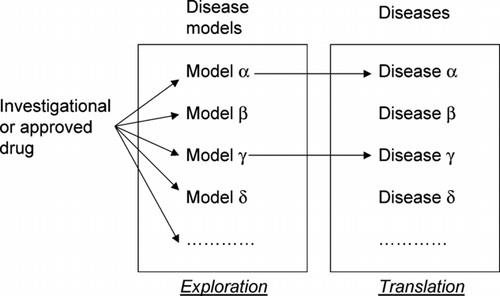In this issue, we are finalizing our journey to explore NF-κB—covering basic, translational, and clinical aspects in inflammation and cancer. The overall take-home message is that of complexity, that there still are vast opportunities that need to be taken advantage of, mechanisms of disease and drug actions that need to be elucidated—all with impact on drug and diagnostics development.
Dr. Krakauer in her editorial captures the complexity of the NF-κB system positioned within a complex network with multiple pathways leading to NF-κB modulation in a sequential or simultaneous fashion. This complexity and pleiotropism warrants more understanding to enable new drug development efforts vis-à-vis targeting various facets of NF-κB, as well as new therapeutic means resulting in fine-tuning rather than stark signaling change to avoid side effects and optimize pharmacologic potency.
Two articles in this issue continue the exploration of NF-κB pathway at the interface of inflammation and cancer from entirely distinct angles. Dr. Fraser illustrates the interplay between the G protein–coupled receptors (GPCRs) and the NF-κB signaling pathway; GPCRs represent the largest family of cellular receptors regulating cellular proliferation, differentiation, chemotaxis, inflammation, and with impact on cancer progression. Because of the downstream positioning of the NF-κB system relative to GPCRs, this opens up the possibility of modulating the NF-κB activity via targeting GPCRs, thus expanding the realm of the druggable targets in cancer and inflammation. Dr. Sarkar and his collaborators highlight the exciting evidence in support of the role of NF-κB pathway in two key aspects of cancer: the epithelial-mesenchymal transition and the cancer stem cells. Because epithelial-mesenchymal transition of cancer cells seems to be linked to cancer progression to highly invasive forms and cancer stem cells might be responsible for disease relapse and metastasis, this opens up the possibility to target various manifestations of cancer via modulating the NF-κB signaling path.
Dr. Roman-Blas and Dr. Jimenez outline the key role of NF-κB in the pathogenesis of various rheumatic diseases. Many available therapies from corticosteroids to nonsteroidal anti-inflammatory drugs modulate the NF-κB signaling path along with other targets and pathways. Nevertheless, more research is needed at two levels to advance more effective therapies for inflammatory arthritis, via modulating the NF-κB pathway:
First, to understand to a higher extent the molecular mechanisms of disease in order to define a more optimal pharmacologic profile of drug candidates.
Second or alternatively, to define more accurately the mechanisms of action of approved drugs that show a degree of effectiveness, yet can be improved upon by enhancing the pharmacologic potency and/or ameliorating the safety profile.
This paradigm is potentially applicable to various classes of therapies and target molecules located within signaling pathways with pleiotropic role, with predictable, positive impact on discovery of first in class or follow-on drugs, respectively ().
FIGURE 1 A two-way approach to expand opportunities in support of new drug discovery or development: this paradigm is applicable to various classes of therapies and target molecules located within signaling pathways with pleiotropic role. (A) First, understanding to a higher extent the molecular mechanisms of disease to define a more optimal pharmacologic profile of drug candidates, leading in turn to discovery of new drugs. (B) Second or alternatively, defining more accurately the mechanisms of action of approved drugs that show a degree of effectiveness, yet can be improved upon by enhancing the pharmacologic potency and/or ameliorating the safety profile.

Finally, Dr. Peterson and Dr. Guttridge discuss the fascinating role of the NF-κB system in the development, maintenance, and regeneration of muscle. Deregulation of NF-κB signaling has a severe impact on muscle growth, regeneration, and perpetuation of inflammation in this organ. Moreover, an aberrant NF-κB activity is associated with the progression of dystrophic myopathies. Altogether, these findings suggest that the NF-κB pathway may be a potential target for therapeutic intervention in myopathies. This exemplifies a translational paradigm leading to new medical applications for existing drugs, or novel opportunities for follow-on drugs through systematic understanding of the mechanism of disease and extensive pharmacologic exploration across a broad range of disease models ().
FIGURE 2 A translational paradigm leading to new medical applications for existing drugs or novel opportunities for follow-on drugs through systematic understanding of the mechanism of disease and extensive pharmacologic exploration across a broad range of disease models.

In the following issues, we start our journey in the world of modern vaccinology with relevance to a broader range of microbes, and we will cover additional diverse topics. We remain open to outside suggestions on specific reviews and topic series that may be of interest to our readership.